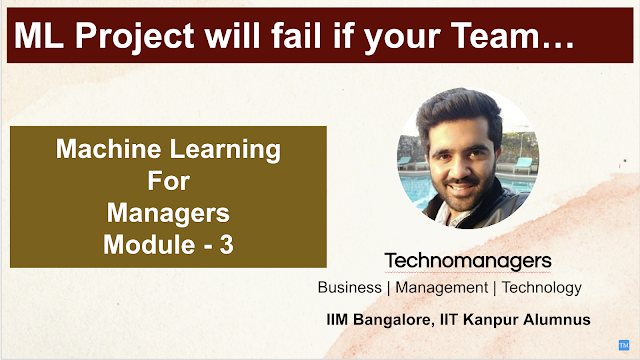What is Chat GPT - The Next-Generation AI? [Simply Explained]
Chat GPT(Generative Pre-trained Transformer) Is Google under threat? Have you heard the recent rumors that Google search might soon become obsolete? Let's try to find out why it is the talk of the town. Let's see what Chat GPT has to say about this. Image Source - https://www.anaconda.com/blog/the-abilities-and-limitations-of-chatgpt What is Chat GPT? Open AI has launched an interactive chatbot known as Chat GPT which can provide answers to complex questions in the way a human does. What sets it apart from other chatbots is the ability to understand human intent in a question and then respond accordingly. The service of Chat GPT is free and might be monetized later. Interestingly, ChatGPT has crossed 1 Million sign-ups in less than a week’s time and has the potential to disrupt Google search and make a host of jobs obsolete. The service of Chat GPT is free and might be monetized later. How can Chat GPT be monetized? Paid API: Open AI can offer paid API to companies who wish...
